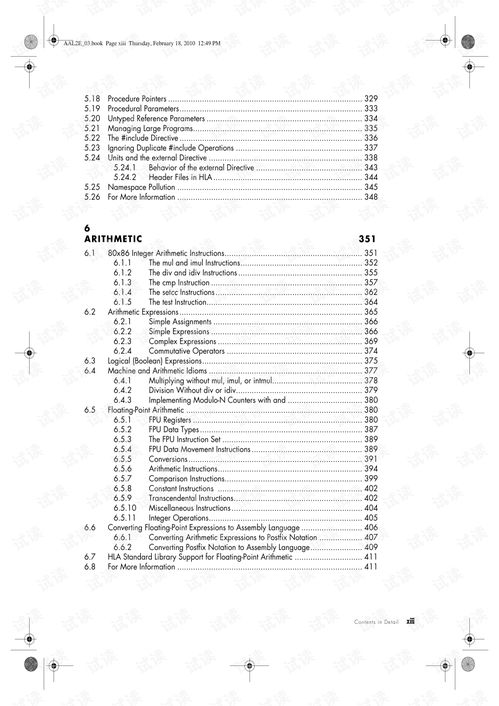Content:
Trolling for fish in the sea沟, or deep-sea trenches, can be an exhilarating and challenging experience. The vastness of these underwater canyons and the diverse marine life they harbor make it a dream destination for many anglers. However, to successfully catch fish in such deep waters, it requires a specific set of techniques and knowledge. In this article, we will delve into the art of sea沟 trolling and provide expert tips to help you improve your fishing skills.
Understanding Sea沟 Trolling
Sea沟 trolling involves dragging a lure or bait behind a moving boat at various depths. This technique is particularly effective for catching fish in deep waters, where traditional bottom fishing methods may not yield the desired results. Before we dive into the specific techniques, it's important to understand the basics of sea沟 trolling.
Boat Setup: Ensure your boat is equipped with a sturdy rod holder, a good quality fishfinder, and a reliable trolling motor. These tools are essential for maintaining control over your boat and tracking the fish.
Depth and Speed: The key to successful sea沟 trolling is finding the right depth and speed. Fish in deep waters often congregate around structures or in specific areas, so adjust your lure's depth and speed accordingly.
Lure Selection: Choose lures that mimic the natural prey of the fish you're targeting. In the sea沟, this could range from large, deep-diving lures for bottom-dwelling species to smaller, surface lures for pelagic fish.

Expert Sea沟 Trolling Techniques
Deploying the Lure: Start by attaching your lure to a heavy-duty leader. This leader should be strong enough to withstand the pressure of deep-sea fishing. Attach the leader to your main line using a quality knot, such as the Palomar knot or the uni-knot.
Adjusting the Trolling Speed: Begin with a slow troll speed, around 1 to 2 knots. This allows your lure to sink naturally and mimic the movements of prey. As you progress, you can increase the speed to 3 to 4 knots to cover more ground or to trigger strikes from more active fish.
Maintaining a Steady Course: Keep your boat moving in a straight line to avoid spooking fish. Use your trolling motor to maintain a consistent speed and course. Avoid making sudden turns or stopping abruptly.
Using a Fishfinder: Regularly check your fishfinder to monitor the depth and structure of the sea沟. Look for signs of fish aggregation, such as schools of baitfish or changes in water temperature and salinity.
Adjusting the Lure Depth: The depth at which you troll your lure is crucial. Experiment with different lure weights and depths to find the sweet spot where the fish are feeding. Remember, fish in deep waters may be at varying depths, so be prepared to adjust your lure accordingly.
Reading the Baitrunner: If you're using a baitrunner reel, pay close attention to its indicator. When the baitrunner clicks, it's a sign that a fish has taken the bait. React quickly by setting the hook, but be gentle to avoid losing the fish in the deep sea.
Handling the Fish: Once you've hooked a fish, be prepared for a fight. Use heavy-duty tackle and maintain a steady pressure to bring the fish to the surface. Remember, the ocean is vast, and it may take some time to bring the fish aboard.
Safety Precautions
Fishing in the sea沟 can be dangerous due to the deep waters and unpredictable weather conditions. Always prioritize safety by:
- Wearing a life jacket and ensuring all passengers are equipped with personal floatation devices.
- Checking the weather forecast before heading out and being prepared for sudden changes.
- Carrying emergency supplies, such as a first aid kit, a VHF radio, and a GPS device.
In conclusion, sea沟 trolling is an art that requires patience, practice, and a deep understanding of the underwater environment. By mastering these expert techniques and following safety precautions, you'll be well on your way to catching fish in the deepest parts of the ocean. Happy fishing!












